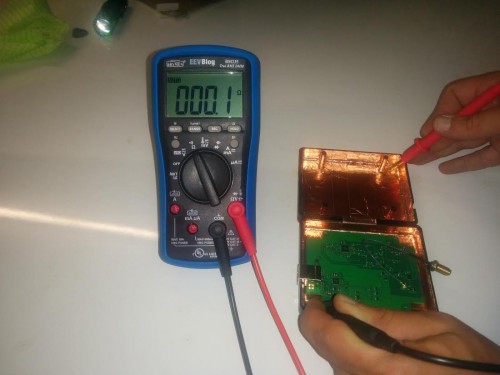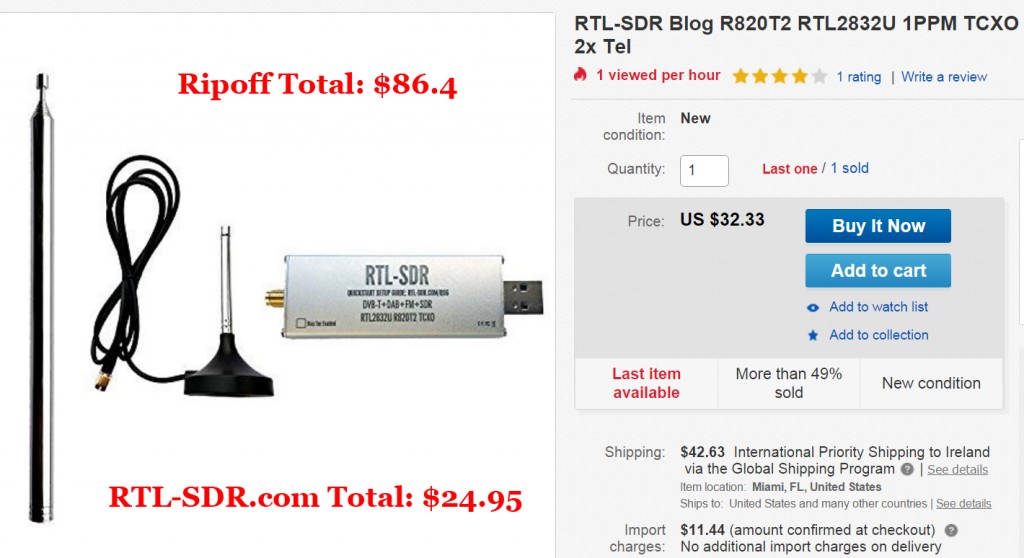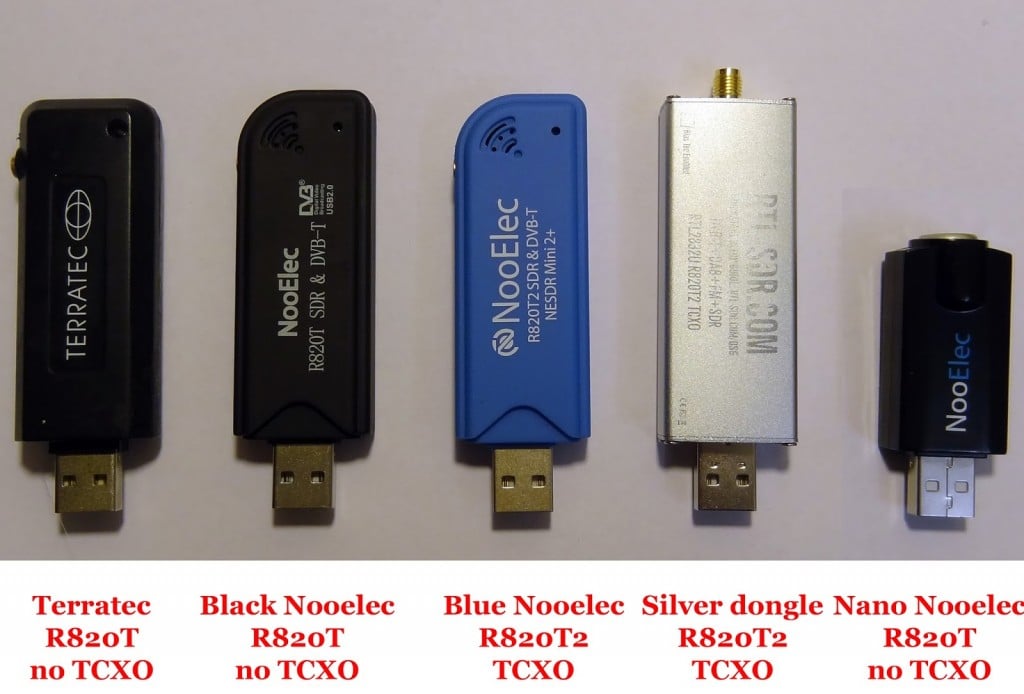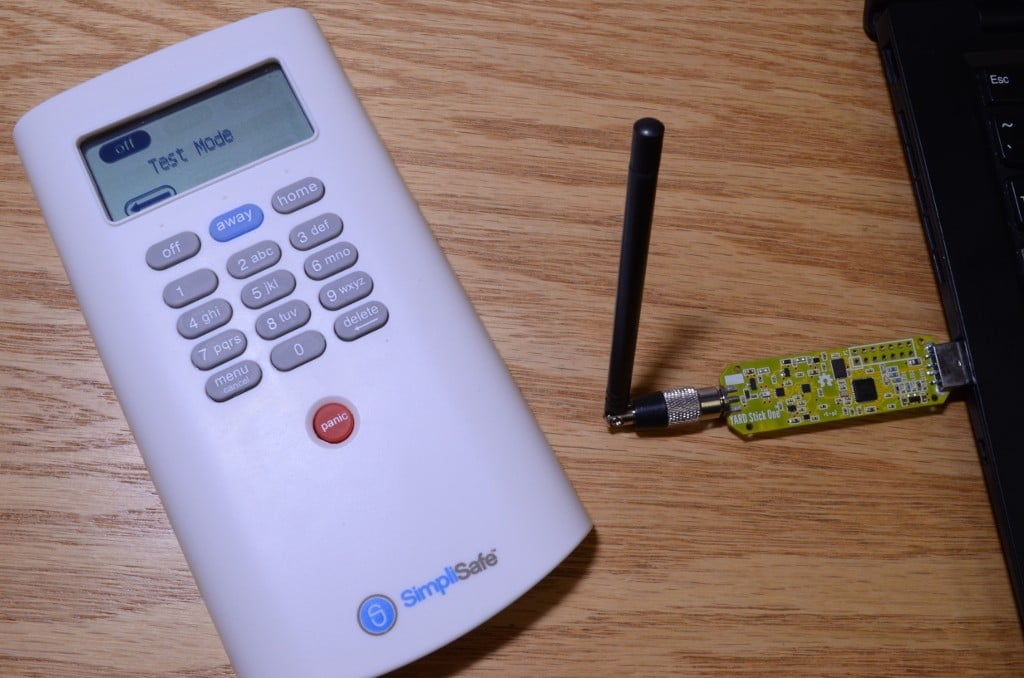Creating an RF Proximity Alarm (Close Call) with an RTL-SDR
“Close Call” is a feature that some radio scanners have which notifies the user when there is a radio transmitter that is in the near vicinity (such as from a police radio). It works by detecting the strength of signals from near field emissions, and it requires a strong RF signal to trigger.
Over on the ar15.com forums, user seek2 wanted something similar to the “close call” feature, but didn’t want certain transmissions like APRS signals from hams driving by to set it off. He also didn’t want to be restricted to near field emissions, rather he wanted something that acted more like a squelch that would activate for strong signals only.
To implement this seek2 used an RTL-SDR dongle, together with the rtl_power spectrum scanning software. He outputs the signal strength data generated by rtl_power to a CSV file which is then piped into a tail -f terminal command in Linux which simply outputs the latest lines of the CSV file as it updates in real time. Then he uses a simple Python script to monitor the output and to set off an alarm and report strong signals when it see’s them. His script is also used to filter out reports from strong unwanted signals like APRS.
Below is a video showing an example of Close Call working on a Uniden hardware radio scanner for reference.



